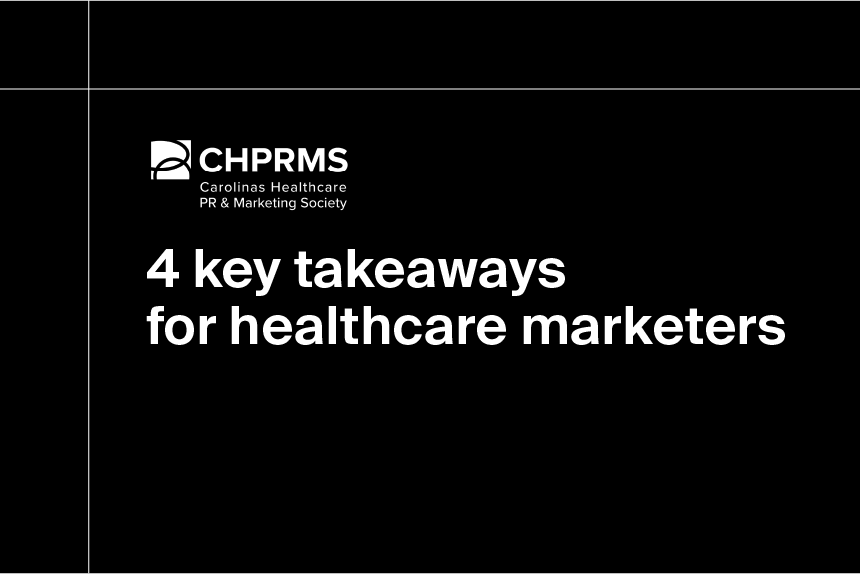COVID-19 necessitated the widespread adoption of telehealth solutions to treat patients. Much ink has been spilled on the future of telehealth and its role in patient care. We wanted to peek behind the curtain to get the providers’ perspective on telemedicine.
We explored this exact topic in our recent webinar featuring Dr. S. Ram Srinivasan, Chief Medical Officer at Hicuity Health and Dr. Amanda Grubb Halford, SVP and Chief Medical Informatics Officer at Covenant Health.
When most people think of telehealth services, they’re probably thinking of a patient communicating directly with a care provider. However, providers can also use telehealth solutions to connect with other providers to improve the care they provide to patients.
Here are three key ways telehealth can help healthcare organizations:
1. Alleviate staffing shortages
According to the Association of American Medical Colleges, healthcare is facing an estimated shortage of between 37,800 and 124,000 physicians by 2032.
COVID-19 is likely to exacerbate this issue as it continues to put added strain on healthcare resources across the country. We’re already seeing those frontline workers continuing to top the list of specialties losing the most providers.
Fig. 1: Analysis of data from Definitive Healthcare’s ClaimsMx. Based on the number of providers billing each year (by primary specialty on medical claims). Data accessed September 2021.
More primary care providers are dropping out of the workforce than pre-pandemic times, and we’re continuing to see high levels of nurses leaving the workforce. Additionally, more emergency medicine providers on the frontlines of the COVID-19 fight are dropping out of the workforce than the previous year.
How can telehealth address staffing shortages?
How can healthcare organizations support their bedside staff when faced with staffing shortages? That’s where telehealth comes in. Telehealth can help augment the care team directly dealing with patients by providing additional expertise and resources. Think of telehealth as giving a “phone a friend” option for the treating provider.
For example, suppose a nurse is dealing with a patient with a complex condition and doesn’t have the resources or experience necessary to treat the patient. In that case, the nurse can leverage telehealth tools to call in a more senior nurse or provider to receive guidance on treating the patient.
With both video and audio options available, it’s easier for the on-site staff to loop in external providers or nurses to help address the individual needs of a patient. Additionally, if you don’t have a specialist on-site at the time, you can leverage telehealth to pull in expertise from elsewhere. This is particularly important at smaller and rural hospitals as telehealth can help bridge the geographical divide that may exist in the availability of specialists.
2. Minimize Provider Burnout
Provider burnout is by no means a new issue but staffing shortages and COVID-19 are shining a bright light on the subject.
According to a recent report from Medscape, 42% of providers said they’re experiencing burnout. Certain specialties such as critical care, rheumatology and infectious diseases reported the highest rates of burnout at around 50%. Women reported burnout at a significantly higher rate than their male counterparts.
Fig. 2: Source: ‘Death by 1000 Cuts’: Medscape National Physician Burnout & Suicide Report 2021
How can telehealth minimize burnout?
When it comes to burnout, telehealth has a similar role to play as it does with addressing staffing shortages. One of the major ways telehealth can support providers is by giving them the resources to ensure their patients receive the care they deserve. Peer-to-peer telehealth solutions can alleviate some of the burden on providers as they have the technology at their fingertips to pull in the necessary expertise to help treat their patients.
In our webinar, Covenant Health shared they’ve seen success with their tele-ICU program. To alleviate the burden on those working the night shift, they implemented a tele-ICU program that allows frontline staff to use real-time video calls to get support at the bedside level when a patient’s condition deteriorates. Those working the night shift know they can get the proper evidence-based guidance to support their patients regardless of who is on-site that night.
When coupled with remote patient monitoring tools, telehealth can also help provide continuous monitoring of patients, taking some of the burden off providers. Knowing that their patients are cared for and that help is simply a call away can help keep providers engaged during stressful times.
3. Reduce avoidable readmissions
No provider wants to see a patient they discharged return to the hospital. Unfortunately, the Medicare 30-day readmission rate has remained flat at around 18% over the last five years.
Fig. 3: Data from Definitive Healthcare’s HospitalView. Data accessed September 2021.
With the transition to value-based care, improving patient outcomes is even more critical. How can providers reduce readmissions and achieve the Triple Aim?
What role does telehealth play in hospital readmissions?
Today, telehealth is focused on episodic events of care. However, the potential is there for providers to use it to move the needle on care coordination.
Telehealth tools offer providers the chance to be more proactive in managing their patients by meeting patients where they are on their care journey outside of the hospital.
Currently, with most hospital discharge plans, the burden for adherence falls on the patient. By leveraging telehealth tools, providers can take a more active role in the patient journey after discharge by checking in with patients wherever they are to ensure care plans are being followed and answer any questions patients might have.
By coupling telehealth solutions with remote patient monitoring technology and data within the EHR, providers can catch and address issues before conditions escalate to the point of needing to return to the hospital. This technology also allows for greater collaboration across the care team between nurses, the patient’s primary care provider and their team of specialists.
Learn more
Telehealth’s full potential remains untapped. There are many opportunities for providers to leverage the technology beyond patient care to drive broader improvements in their organization.
Want to learn more about what providers think about telehealth?
Check out the replay of our recent webinar “Telehealth’s Trajectory – Provider’s Perspectives on the Future.” In this webinar, you’ll hear from representatives from Hicuity Health and Covenant Health, plus gain insights on:
- How the recent surge of COVID infections is impacting telehealth utilization
- Additional ways providers are utilizing telehealth to improve care delivery, clinical outcomes, and healthcare operations
- What providers are looking for in the next generation of telehealth solutions




